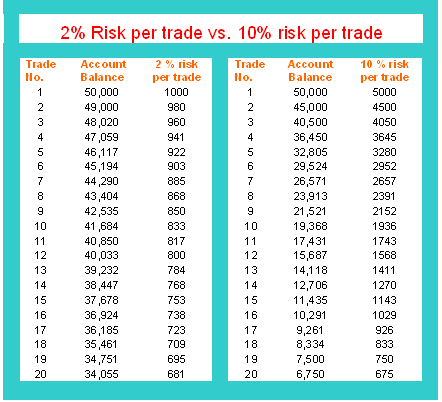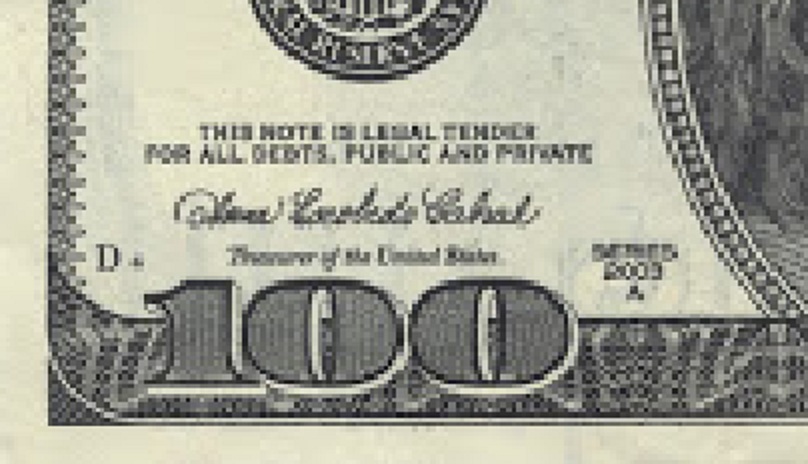Normal vs Inferior Goods Overview, Examples & Demand Curve Video & Lesson Transcript


Inferior goods are characterized by consumers’ shift to more expensive products when they start earning well or change their socioeconomic status. The term “inferior” does not signify the quality of products or services in any manner. Instead, it marks the change in consumer preferences due to income growth and their instant switch to more affordable goods.
If so, we would say that ground beef is an inferior good because people substitute away from it as their income rises. When it comes to marketing, it’s essential to understand the difference between inferior, normal, and luxury goods. This will help you determine which type of product you should be marketing to people based on their income level.
Moreover, potatoes were not Giffen Goods during the Great Famine in Ireland. Alfred Marshall’s explanation of Giffen’s Paradox was presented in terms of bread. The law of supply and demand explains how changes in a product’s market price relate to its supply and demand. The income effect is the change in demand for a good or service caused by a change in a consumer’s purchasing power, due to a change in real income. Although people enjoy traveling regardless of their financial situation, people with more money to spend frequently prefer a more opulent vacation. They might choose to fly there, which can be more expensive than driving there.
Likewise, goods and services used by poor people for which richer people have alternatives exemplify inferior goods. As a rule, used and obsolete goods marketed to persons of low income as closeouts are inferior goods at the time even if they had earlier been normal goods or even luxury goods. “Inferior good” is an economic term that refers to an item that becomes less desirable as the income of consumers increases. In other words, inferior goods are those whose price elasticity is negative, but this doesn’t always involve a lower quality. As consumers’ incomes increase, they tend to decrease their purchases of inferior goods, opting for normal goods or luxury goods instead. In economics, the demand for inferior goods decreases as income increases or the economy improves.
Inferior Good
Inferior goods aren’t always the same in different parts of the world. For example, something as simple as fast food may be considered an inferior good in the U.S., but it may be deemed a normal good for people in developing nations. A normal good is one whose demand increases when people’s incomes start to increase, giving what is inferior good it a positive income elasticity of demand. It’s also essential to understand the difference between inferior, normal, and luxury goods. Inferior goods are those that people purchase when their income is low. Normal goods are items that people will continue buying regardless of whether their income rises or falls.

Likewise, if you have a heart defect, regardless of income, you need that heart medication to survive. Jennifer Lombardo received both her undergraduate degree and MBA in marketing from Rowan University. She spent ten years in consumer marketing for companies such as Nielsen Marketing Research, The Dial Corporation and Mattel Toys. She is currently an adjunct professor of marketing at Rowan University and a social media marketing consultant. In addition, the way individuals consume food may be classified differently. Individuals may be less likely to eat out, especially at fancier restaurants, in favor of inferior methods of having food prepared such as preparing the meal at home on their own.
Normal goods experience an increase in demand when incomes increase. If a consumer’s income is low, they may buy regular bananas. If their incomes rise and they have a few extra dollars to spend each month, they may choose to buy organic bananas.
At a lower income level, hamburger meat might be all that someone can afford. When they have a little bit more money, they might not react by buying an extra pound of ground beef. We might see them switching to steak instead of buying ground beef at all.
Economics
This compensation may impact how and where products appear on this site . SuperMoney strives to provide a wide array of offers for our users, but our offers do not represent all financial services companies or products. Likewise, when GDP contracts, demand for inferior goods will rise. A perfect example is the sales increase at dollar stores after the 2008 financial crisis. Superior goods are goods like normal goods and luxury goods.
- Therefore, the demand for normal goods increases when income increases.
- Using coffee as an example, a normal good would be a more expensive Starbucks Frappuccino, and an inferior good would be a cheap black coffee from Dunkin’ Donuts.
- One type is called a normal good, which refers to any good where there is a direct relationship between income changes and the demand curve.
Bologna, rice, pasta, instant noodles, jarred spaghetti sauce, ground hamburger, bread, cereal, fast food, and generic brand products are examples. As a result, manufacturers of inferior goods must know how consumer behavior can change in response to economic factors. This will help them determine how to best market their products. In a nutshell, Inferior goods tend to move against the flow with negative income elasticity, while normal goods move against the flow with positive income elasticity. Because the substitution effect is always negative, falling prices will increase demand for normal goods.
Fast Food
Products such as meat, on the other hand, become luxuries, as they are far too unaffordable and out of reach. A McDonald’s coffee may be an inferior good compared to a Starbucks coffee. When a consumer’s income drops, they may substitute their daily Starbucks java for the more affordable McDonald’s brew. On the other hand, when a consumer’s income rises, they may substitute their McDonald’s coffee for the more expensive Starbucks coffee. We can also turn to transportation as an example of an inferior good. When people’s incomes are low, they may opt to ride public transport.
This reaction is the opposite of what the law of demand says to expect, and it occurs because people mistake the high price for an indication of actual value. “Inferior” in this context doesn’t automatically mean low-quality, although this is a reasonable assumption to make based on the term. Inferior goods can be of high or low quality, although they tend to often be lower quality and cheaper. In the post-war austerity years, these budget holidays were very popular.
Yes, fast food or cheap food, in general, is considered an inferior good. Inelastic goods are considered the least elastic goods, meaning they do not change with income level. This runs contrary to luxury goods, which are the most elastic goods.
This runs contrary to what most people think about economics. You might assume that all businesses will do poorly in a bad economy. This is not the case for businesses that specialize in inferior goods, such as dollar stores. Similar to normal goods, the demand for luxury goods rises as income rises. But the money spent on these luxury goods is an even higher proportion of overall spending than that spent on normal goods. The information, product and services provided on this website are provided on an “as is” and “as available” basis without any warranty or representation, express or implied.
Demand Curve for Inferior Goods
Inferior goods can be low quality, but they don’t have to be. Income and substitution effects also apply to inferior goods. You will probably stop buying lunch from the high-end restaurant when you no longer earn a steady salary because you will be living on your savings.
For example, this could help them determine whether to introduce a high quality product and or regular quality product with a lower pricing. An increase in income will result in an outward shift in demand for normal goods, given the latter is directly proportional to the former. Some examples of normal goods are household appliances, recreation and health products and quality clothing and footwear. The graph displayed below is an example of an inferior good that has an elasticity value of -1.
Normal goods have a positive relationship with income elasticity. When a person’s budget goes up, they usually stop buying things that aren’t as useful and start buying things that provide value for money. They stop buying lower priced goods and start buying good ones. When the economy gets worse and there are more people out of work, the opposite happens. Customers with less expendable cash may prefer to stay in small hotels or lodges rather than more fancy hotels when travelling. When their income increases, they may prefer to stay in the more high-end, “normal goods” accommodation facilities, such as hotels or resorts.
However, because the negative income effect partially offsets the positive substitution effect of falling prices, the increase in demand is relatively small . An inferior good is a term used in economics to explain the behavior of consumers. Effectively, when incomes rise, consumers’ desire to purchase inferior goods will drop.
Both vehicles share the similar purposes, but their features are slightly different. In the preceding example, automobile A is a lower-quality good for those with lower earnings. Even so, it remains a common good for those who cannot afford to purchase hingher priced automobiles with more features. In the example above, automobile A is an inferior good for those with higher incomes. However, it is still a normal good for those who cannot afford to buy luxurious automobiles with the same functional qualities.